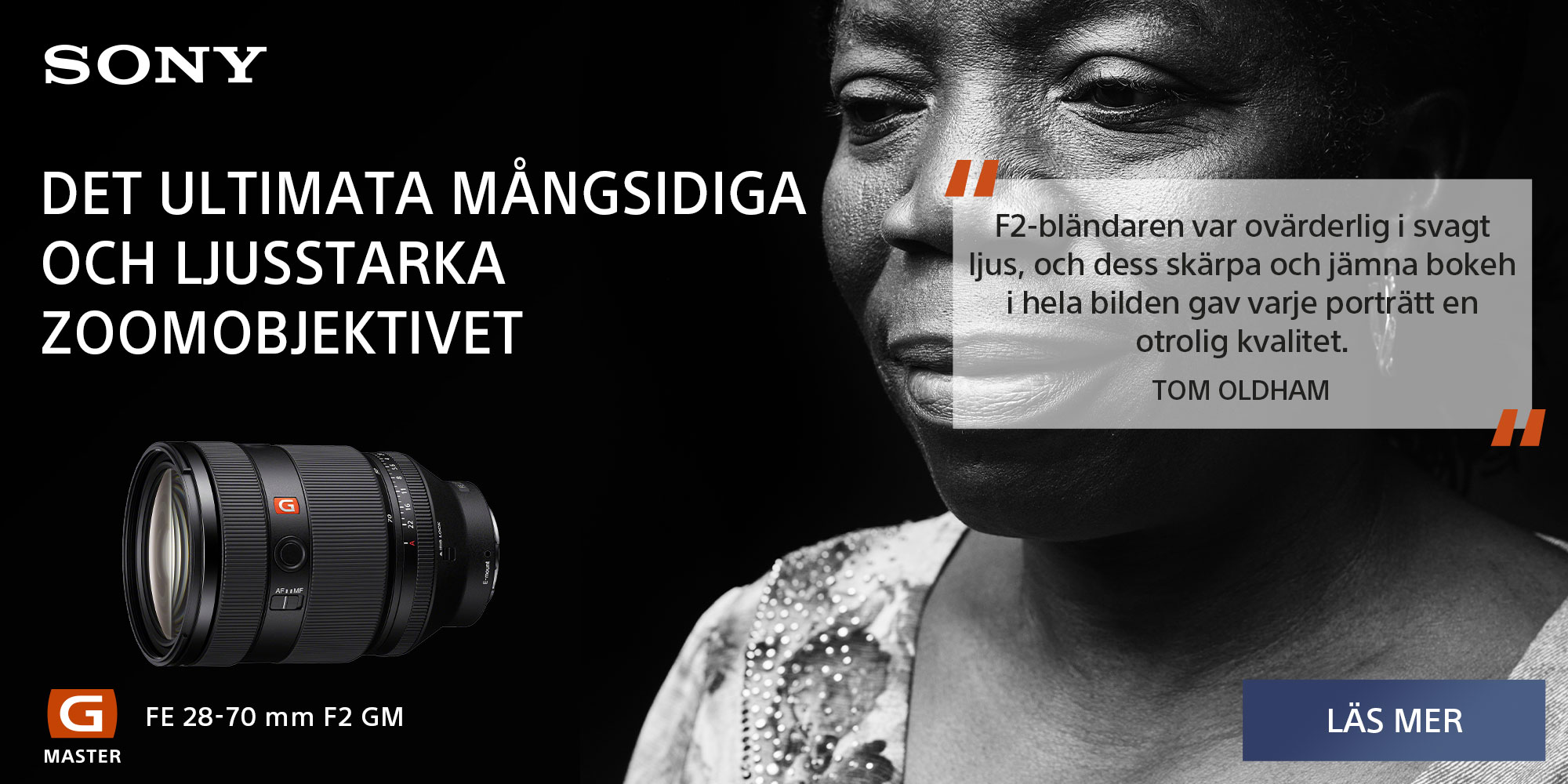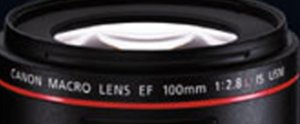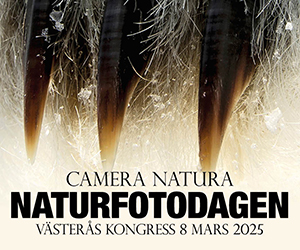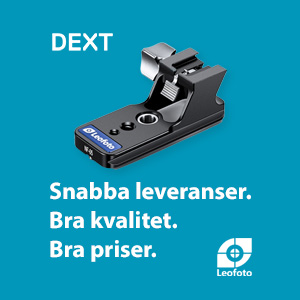Jag kanske är helt fel ute , men har läst lite om G11 på olika ställen skall försöka hitta källan .
Det ända jag har just nu är från Canons hemsida.
"Dubbelt antibrussystem med DIGIC 4
Canons DIGIC 4-processor fungerar tillsammans med den känsliga bildsensorn och ger avsevärt bättre brusreducering i hela ISO-området. Ta bilder med fullständig upplösning upp till ISO 3200, eller öka till ISO 12800 i (2,5 MP) läget för svag belysning.
"
Hittade källan nu ;-)
http://www.fotosidan.se/cldoc/35544.htm
"Canon hävdar att nya G11 skall klara att ta bilder med två steg högre känslighet än tidigare med bibehållen kvalitet. Kameran tar bilder upp till iso 3200 i tio megapixel och går du ned till 2,5 megapixel kan du fotografera med upp till 12800 iso. Så utöver större pixlar har man även valt att arbeta med pixelbinning. Som sagt, det lär bli livliga diskussioner kring detta och vad det innebär."
//Photographer
det verkar som om de har lagt in pixelbinning vilket stämmer med 4pixlars binning.
Hur resultatet blir får vi snart se.
Här lite information om pixelbinning och svar från en av de stora inom sensorteknologi vad som händer.
Lars Kjellberg intervjuar Albert Theuwissen angående pixelbinning Vem Theuwissen är se
http://www.cei.se/instructors/theuwissen_albert.htm
Lars Kjellberg frågade Albert Theuwissen om han höll med Eric Fossum angående små pixlars högre brusnivå än stora pixlars: LK =Lars Kjellberg
"Absolutely. The proof of the pudding : Canon is doing great with CMOS in the higher end DSC. They use large pixels and obtain a low noise level, challenging the CCDs.
For small pixels, CCDs are still better than CMOS, that is the reason why you still find CCDs in camcorder and point-and-shoot cameras."
Sedan ställde jag en fråga om var i kedjan binningen fungerar bäst.
LK: "My guess is that pixel bining ideally should be performed with the analouge signal, or at leased with higt bit-rate binary signal before amplification. So: exposure – binning – amplification for ISO."
AT: "The situation is even a bit more complex. With a CCD, binning is being done on-chip and in the charge domain. The latter is very important : binning in a CCD is done by adding charge packets together, and any CCD operation in the charge domain is fully noise free. On the other hand, binning with CMOS is always done in the voltage domain or in the digital domain. Adding voltages or digital numbers is not noise free. That is the main reason why binning with CCDs can give quite nice noise reductions (at the expense of resolution reduction as well)."
Min fråga innehöll även antaganden om att Dalsas nya 65 MP-sensor till PhaseOne kommer att kunna hårdvarubinnas. Utan att AT ger något direkt svar på detta antagande så tycker jag mig kunna tolka hans svar som att så är fallet.
(nu vet vi att så är fallet med bakstyckena)
LK: Is it in practice realistic to expect 1 bit (1 exposure stop, factor 2) more DR when binning 4 pixels?
AT: Binning n x n pixels in a CCD increases the S/N by a factor of n at the output level of the CCD!
Binning n x n pixels in a CMOS increases the S/N by a factor sqrt

at the output level of the CMOS.
Any noise that will be added after the sensor will not be influenced by binning.
Alltså: CMOS-binning är – enligt Albert Theuwissen – betydligt sämre än CCD-binning.
LK: This is what I just read from John Sheehy:
JS: "Hardware-based pixel binning can only do one good thing for the overall image - it can theoretically halve image-level read noise, but it really doesn't, because not all of the noise comes from that stage - there is more noise downstream, so image-level read noise is reduced something less than 50%.
There is also the issue that binning data from the Bayer CFA does not require binning neighbors, but more distant neighbor pixels, spreading the softening effect of the AA filter even further, with 4 more original pixels of diameter. Again, the small benefit is *only* for read noise."
AT: "This statement is correct!"
JS: "Read noise is *not* what makes small-sensor cameras look especially noisy, compared to DSLRs in general; many DSLRs have read noise as high as typical P&S cameras at the pixel level. The big general difference between DSLRs and P&S noise is in the photon shot noise, something that hardware pixel binning can not improve at all."
AT: "Correct, binning can be attractive to improve the S/N for these situations in which the read noise of the sensor is dominant. And that is especially in the case of low-light levels when the noise is becoming very visible.
Another major argument for the binning is the following. Marketing requires to have high pixel count, but who is happy with all these large file sizes, who is happy with all the time it takes to read and store the images, who is happy with all the power consumption it takes to read these high pixel counts?
Well binning can be an answer to this issue: having an imager of 60 Mpixels (nice number to put on the box that makes marketing people happy) with a binning option can deliver imagers of 60 Mpixels, but also of 15 Mpixels with better S/N performance (read ISO), small file sizes, short read and store time, less power. After all, everybody is happy!"









